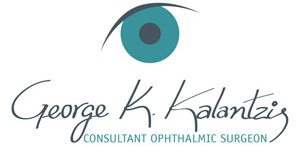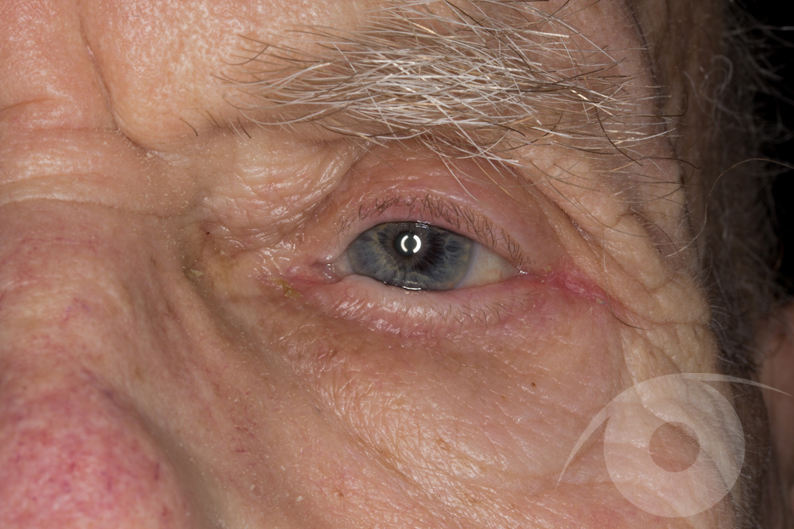Entropion
Overview:
What is an ‘entropion’?
An entropion refers to a condition in which the margin of the upper or lower eyelid turns inwards against the surface of the eye. A mild entropion may cause occasional irritation, whilst a severe entropion may be sight-threatening.
What are the causes of entropion?
The most common cause of a lower eyelid entropion is an age-related instability of the eyelid structures. Other less common causes of a lower eyelid entropion include previous trauma, chemical injuries, and inflammatory disorders of the conjunctiva on the inner aspects of the eyelids.
The most common cause of an upper eyelid entropion, on the other hand, are disorders causing shrinkage of the inside surface of the eyelid such as trachoma, and a rare inflammatory disease called cicatricial pemphigoid.
What are the symptoms of entropion?
An entropic eyelid irritates the eyeball, and can lead to a cycle of ocular irritation, eyelid squeezing, and further entropion. Thus, symptoms of entropion include ocular irritation, watering, redness, and sore eyes.
Can entropion pose a risk to the eye and vision?
Untreated entropion carries a significant risk of injury to the cornea, which is the front ‘window’ of the eye. Complications of entropion include the following: Corneal abrasions (causing ocular irritation, watering and redness) Corneal ulcers (leading to more significant symptoms, which can include blurred vision, increased pain, sensitivity to light, and severe watering)
Treatment:
What is the treatment for entropion?
The management of entropion depends on it cause, but it frequently requires an operation to turn the eyelid margin and eyelashes away from the eye. In the upper eyelid, this usually requires an incision in the horizontal skin-crease (or fold) of the lid, adjustment of the muscle which pulls the eyelid upwards, and placement of absorbable sutures which evert the eyelid. In the lower eyelid, an entropion is often corrected with tightening of the outermost part of the lid and either stitches to evert the lid, or a horizontal incision in the skin beneath the eyelashes similar to the upper lid. This procedure is usually performed under local anaesthesia, and takes about 45 minutes.
As in all cases, where there has been previous injury or surgery, the procedure may be more complex, but can usually still be performed under local anaesthetic, although sedation may also be required
What can I do to relieve the symptoms of entropion, and protect the eye in the meantime?
Daily cleaning of the eyelids, and bland lubricants (such as Viscotears and Lacrilube ointment) can help to relieve any irritation, redness or soreness. This is not however a permanent solution for entropion, but it can help to improve the symptoms and helps to break the cycle of eye irritation and lid squeezing.
What precautions are required after surgery?
After surgery, your eye will be padded overnight to help to reduce swelling and bruising. Once the pad has been removed, it is important not to rub or touch the eyelid, but to instil antibiotic drops as instructed, typically 4 times each day with an ointment at bedtime for two weeks. Swimming should be avoided for 2 – 3 weeks after surgery, but it is safe to fly, if needed, within a few days.A follow-up appointment is usually made within 10 – 14 days to monitor healing of the eyelid(s), and to check the vision and front surface of the eye. Although the stitches are absorbable, these are usually removed to reduce skin irritation.
What are the complications of entropion surgery?
Unfortunately, no operation is entirely without risk. Following correction of upper lid entropion, minor bruising and some redness – particularly along the lid margin, often occur. Other infrequent, but significant complications following surgery include:
- Infection
- Scarring: incisions are ‘hidden’ in the upper lid skin crease or the rhytids (‘laughter lines’) at the outer corner of the eye, and tend not to be noticeable
- Recurrence of the entropion
- Irritation from the sutures, or from preservatives in prescribed drops





